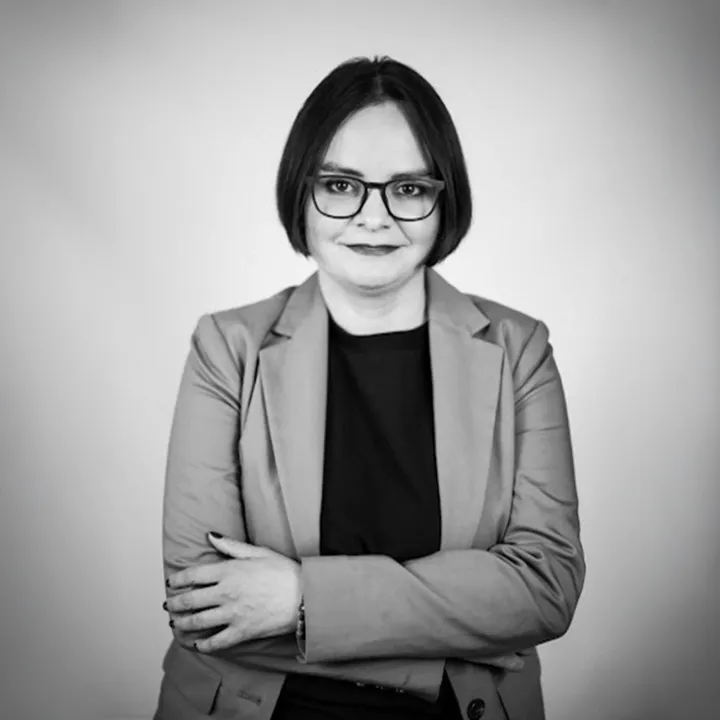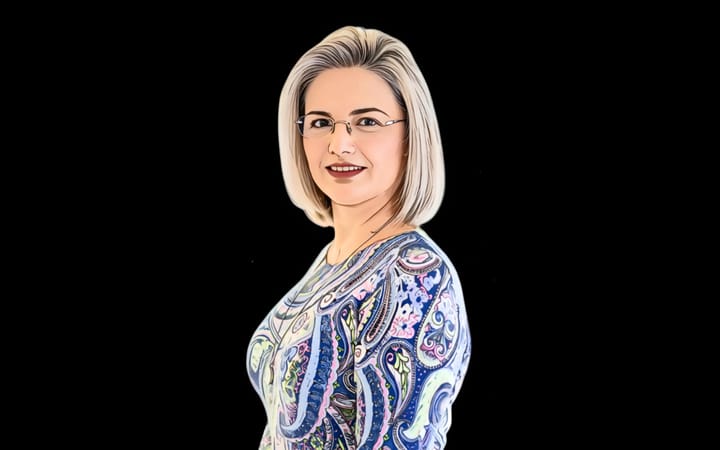Por Brenda Macías
Queridas lectoras, me tomé una licencia poética en el título para llamar vuestra atención y pedirles que preparen sus vestidos de gala porque, en agosto del año 2025, la emblemática revista Debate Feminista cumplirá 35 años.
Un logro monumental si consideramos que, según editoras de revistas académicas y feministas, la vida promedio de éstas suele rondar apenas los tres años. Debate Feminista, con su inquebrantable presencia, no solo ha sobrevivido, sino que ha definido el pensamiento feminista, los estudios de género y las sexualidades en México, América Latina y el Caribe.
La revista Debate Feminista fue fundada en 1990 por Marta Lamas junto a un comité editorial plural que incluyó a figuras clave como Teresita de Barbieri, Marta Acevedo y Hortensia Moreno (su actual directora), Debate Feminista surgió para llenar un vacío: crear un espacio donde se pudieran publicar textos extensos, profundos y multidisciplinarios que no tenían cabida en los formatos tradicionales del periodismo, las revistas literarias o los ensayos políticos.
El primer número de la revista marcó el inicio de esta visión, con artículos surgidos de un coloquio entre antropólogxs, literatxs y artistas. Desde entonces, Debate Feminista ha sido una publicación que, aunque ambiciosa en su contenido, también ha enfrentado el reto de ser accesible a una audiencia diversa.
Un archivo vivo de los feminismos
Durante sus primeros 25 años, Debate Feminista publicó 50 volúmenes que exploraron género, feminismos y sexualidades desde múltiples perspectivas. Estos textos son un testimonio del desarrollo de los feminismos en México y su diálogo constante con América Latina y el Caribe. Según Paola Ortega, asistente editorial de la revista, Debate Feminista no solo es un proyecto contemporáneo, sino una continuación de la tradición de mujeres que han utilizado la palabra escrita como herramienta de expresión política desde el siglo XIX.
Un claro antecedente de este legado es fem, la revista fundada en 1976 por Alaíde Foppa, en la cual Marta Lamas tuvo una importante participación, y que sentó las bases para la creación de Debate Feminista.
En 2016, Debate Feminista inició una nueva etapa bajo la tutela del Centro de Investigaciones y Estudios de Género (CIEG) de la UNAM. Este cambio transformó la revista en una publicación académica semestral, adaptándose a los estándares internacionales y alineándose con prácticas como el acceso abierto, revisión de pares y fechas fijas de publicación.
Aunque esta transición permitió su supervivencia en un entorno marcado por políticas editoriales neoliberales y la digitalización, también trajo retos. Por un lado, significó alejarse de algunas de las prácticas feministas originales, como la colectividad sobre la autoría individual o la apertura a formatos no académicos. Por otro lado, implicó la incorporación de un enfoque riguroso en la selección de contenidos, manteniendo el compromiso con la excelencia y la relevancia feminista.
Compromiso feminista en cada página
A pesar de las tensiones inherentes a este cambio, Debate Feminista ha logrado conservar su esencia. Ejemplo de ello es su insistencia en incluir un estado del arte sólido en los artículos publicados, promoviendo un diálogo respetuoso con las aportaciones previas de otras autoras feministas. Además, el manejo del lenguaje incluyente es otro de los logros que reflejan su congruencia con los valores feministas.
Hoy en día, Debate Feminista es más que una revista; es un patrimonio universitario y un testimonio vivo del pensamiento crítico y plural que ha definido a los feminismos en nuestra región. Esta publicación no solo celebrará sus primeros 35 años, sino que va a reafirmar su relevancia como un espacio donde convergen las ideas, las luchas y las esperanzas de quienes creemos en un mundo más justo.
¡Larga vida a Debate Feminista! Que siga siendo un faro para las generaciones venideras.

Las opiniones expresadas son responsabilidad de sus autoras y son absolutamente independientes a la postura y línea editorial de Opinión 51.






Comments ()